US-Sport
NFL: Drew Brees and the spring that changed history
Drew Brees is a legitimate MVP candidate – once again. In recent weeks, he has grabbed the record for Peyton Manning’s All-Time Passing Yards and moved up to the still very small 500-Touchdown Passing Club. Brees is also the NFL’s most accurate quarterback at 39; and he completely changed the course of the football world years ago. It is also the story of the man who gave hope to an entire city.
“We knew it wouldn’t be an easy visit,” Saints coach Sean Payton still knows today when he remembers spring 2006. Payton had just taken over the team a few months ago and urgently needed a quarterback after the Saints had just come out of a 3-13 season.
But it wasn’t just a bad football season in Louisiana – New Orleans had just gone through hell.
Hurricane Katrina flooded most of the city in autumn 2005, destroying countless houses and streets and cost hundreds of lives. The team played their “home games” in the 2005 season in San Antonio, Baton Rouge and New York, New Orleans was literally in ruins.
In spring 2006 this was still clearly visible, in some areas New Orleans still looked as if the storm had just passed through the city. Payton, who didn’t really know himself yet, had Drew Brees as his top target and so he drove the quarterback and his wife Brittany from the airport through the city to talk and show the two some possible residential areas should Brees decide for the Saints.
And then Payton got lost. The trio landed in some of the worse areas, about an hour Payton wandered around, the couple, who had to make a decision for their long-term future and consider where they want to have children and raise them, saw many of the areas of the city that were still more or less completely destroyed.
“I thought to myself at that moment,” Payton later revealed, “that I could drive the two directly back to the airport and put them on the plane to Miami, to the Dolphins.”
In March 2006 Brees was 27 years old, had no team and was busy working back after a serious shoulder injury. The San Diego Chargers had only offered him a contract strongly based on bonus payments, with knowledge of his injury on the one hand and a real alternative in the team with the young Philip Rivers on the other.
Brees refused, had a public statement about the chances of healing issued by the then well-known doctor Dr. James Andrews – who had also performed the surgery on his shoulder – and was then a Free Agent.
“I remember the first call coming from Sean Payton,” Brees reports today. “That was quite a boost for me, because I had no idea what the Free Agency would look like for me – a player just returning from a serious injury, who has eight months of rehab ahead of him, and who some doctors say has a 25% chance of being able to play football again.
But Brees’ doubts were generally justified. An established franchise quarterback – although still far away from his current superstar top 5 status – was on the market and in the end only two teams showed real interest: The Saints and the Miami Dolphins.
Miami was the more attractive destination in terms of sport at the time. The Dolphins had just finished their first season under Nick Saban and had already started the turnaround promisingly, on the back of a good defense they promptly achieved nine victories. The next logical step? Saban needed a quarterback, he wanted Drew Brees – and Brees wanted, so the story goes, to Miami. The two agreed to meet as soon as Brees’ visit to New Orleans is over.
Although the Saints finally made a good first offer and Brees felt a connection to Payton, the quarterback flew to Florida and met Saban for dinner in Fort Lauderdale. But it was rather the next day that initiated the decision against the Dolphins and for New Orleans.
As reported later, Brees had to endure a six-hour test from the Dolphins doctors and left the team facilities with a bad feeling. Saban himself tells what happened back then today like this: “We decided on Drew Brees. We thought he was a very good player. But to put it bluntly, he didn’t pass the doctors’ tests, so we had to go in a different direction.”
Before the decision was presumably made based on the urgent advice of the doctors not to take the risk, Saban had even questioned the leaders within his team. Defensive Lineman Kevin Carter told Sports Illustrated: “We were unanimous in our support of Drew Brees. If he had signed Brees, I think we would have been a constant playoff team and fought with the Patriots about the division. If Brees had come to Miami, he’d still be the quarterback there and maybe we’re talking about a title.”
Saban has stressed several times in recent years that he wanted Brees, but that the medical verdict was so risky that the Dolphins could not get carried away with any major financial investment. Brees was considered a solid quarterback at the time, but he hadn’t won a playoff yet and didn’t seem to be on the highway to the Hall of Fame.
Instead, the Dolphins decided to engage Daunte Culpepper via Trade. Culpepper played four games for Miami and won one of them before Saban put him on the bench. On July 17 of the following year, the Dolphins fired Culpepper in a dispute, Saban had already been the new head coach of the University of Alabama for six months.
“In the end,” Brees’ wife Brittany was later to say, “there was one thing that mattered to Drew: the Saints believed in him.” On March 14th Brees signed in New Orleans, slowly worked his way back – and the team looked absolutely terrible in the first preseason games.
The Saints had a squad made up of many players no one else wanted, lost three out of four preseason games and Brees was left without touchdown but threw two interceptions and twice didn’t score 60 per cent of his passes. Accordingly, expectations in the Big Easy were low, fans and reporters wondered if this team could be on a direct path towards another high draft pick.
When the Regular Season began, everything was to be completely different.
The Saints started the season with away victories in Cleveland and Green Bay before finally returning to their stadium. 56 weeks after Katrina had changed her city so dramatically and many inhabitants had to seek shelter from the water in the dome themselves, football was played in New Orleans for the first time after almost 21 months. It was one of many goose bumps games that Saints fans should experience with Brees in the years to come.
With great certainty the most emotional moment came in this game, and for once it had nothing to do with Brees: When Steve Gleason blocked the Falcons’ punting attempt in the first quarter and the Saints secured the blocked ball for the touchdown, the stadium resembled an absolute madhouse. Again and again during this game Saints fans were to be seen with tears in their eyes, the team depicted this iconic moment also as a new beginning for the city later with a statue.
This unexpectedly magical season took the Saints deep into the playoffs, where it was only in the cold Chicago against the strong Bears-Defense that they ended up. But on the one hand, New Orleans knew after this season that they had found a team – and on the other hand, there was an extremely close bond between the team and the city that still exists today.
For the Brees era in New Orleans it was in retrospect only the starting signal. Since then, the 39-year-old has played five seasons with over 5,000 passing yards in New Orleans, giving the city its only Super Bowl triumph and even if no other Super Bowl – instead several years with horribly bad defenses and ultimately frustrating processes – was added: Drew Brees has given the Saints a new face and breathed new life into a city when it lay on the ground.
And since that far-reaching decision in the spring of 2006, Brees has been the ultimate figure of identification for this team – and a direct route to the Hall of Fame. He is the most accurate passer of our time, still plays physically at the highest level and has only missed two Saints games in twelve and a half years since that serious shoulder injury in the last game in 2005.
By the way, he was long before Russell Wilson and possibly sometime Baker Mayfield the prime example that even a small quarterback can have great success. Over the years, the Saints have repeatedly brought a strong Interior Offensive Line to the field to allow Brees to play from the pocket. And during his time in New Orleans, the offense has changed a lot.
What had long been an aggressive downfield offense has now developed into a pronounced short-pass offensive. The mid-range, screens, running backs in the passing game – that’s an integral part of the Saints’ game plan today, and Brees conducts it masterfully, while still being able to completely dominate a game over a more aggressive passing game if necessary.
He often stood in the shadow of Brady and Peyton Manning, later Aaron Rodgers stormed on stage. But Drew Brees, with his calm in the pocket, his precise throws and his abilities as leader of a team and an entire franchise, can now confidently be mentioned in this breath.
The Brees decision in that spring of 2006 is still a decision that has shaped the NFL and College Football to this day – and which Miami continues to pursue with the question: what could have been? Saban could still be the coach in Miami, Alabama probably wouldn’t be the dominant team they are today in this scenario.
And you can spin that thought further: Did the Saints 2006 drafted Vince Young instead of Reggie Bush to solve their quarterback problem? If this team hadn’t come out of the NFL cellar with Young instead of Brees, a move would have been a serious option. In 2005, this was a serious topic in New Orleans.
It is safe to say that the NFL would not have known the Wildcat Open at least in the way it actually happened: In the 2008 season, when Miami had lost their first two games and coach Tony Sparano urgently needed an initial spark, the Dolphins coaches unpacked the Wildcat Open to beat the Patriots, who had won 21 consecutive Regular Season games, 38-13 – at a time when no one in the NFL was looking for inspiration and ideas in college football.
Above all, however, Brees and Payton have together given new life to a city in its most difficult hour. Instead of losing the team, there was one of the most emotional NFL games ever with the return to the Dome, an annual playoff contender and a Super Bowl.
It would almost be too Hollywood-like if Brees could say goodbye this year with a second title.


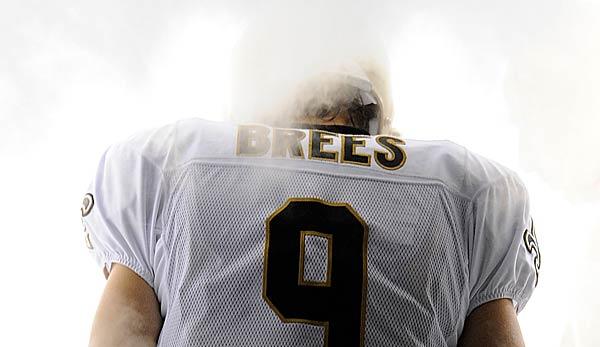
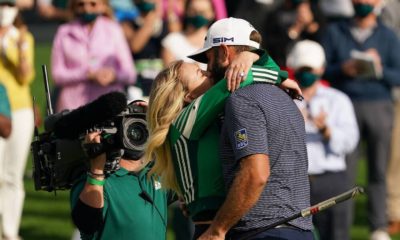
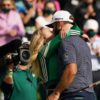
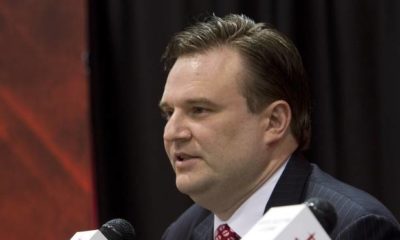
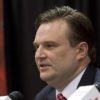
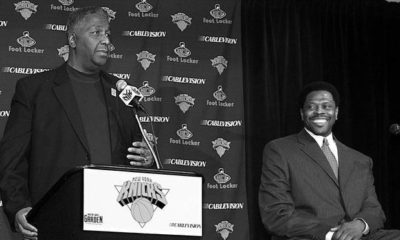
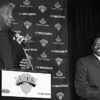
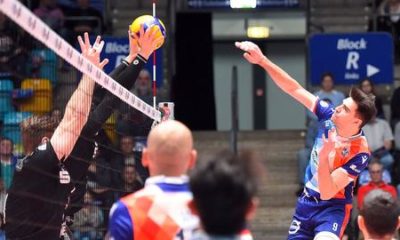
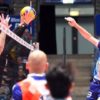
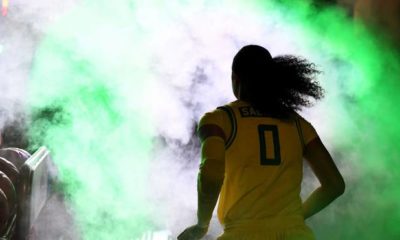
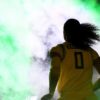


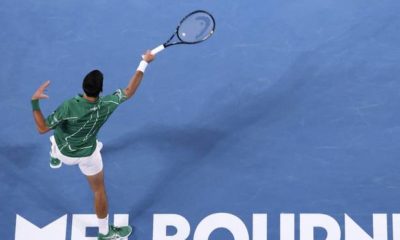
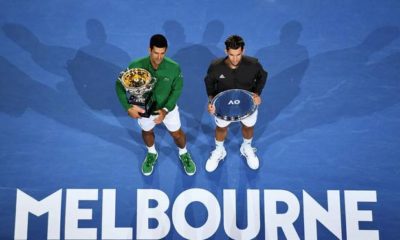

You must be logged in to post a comment Login